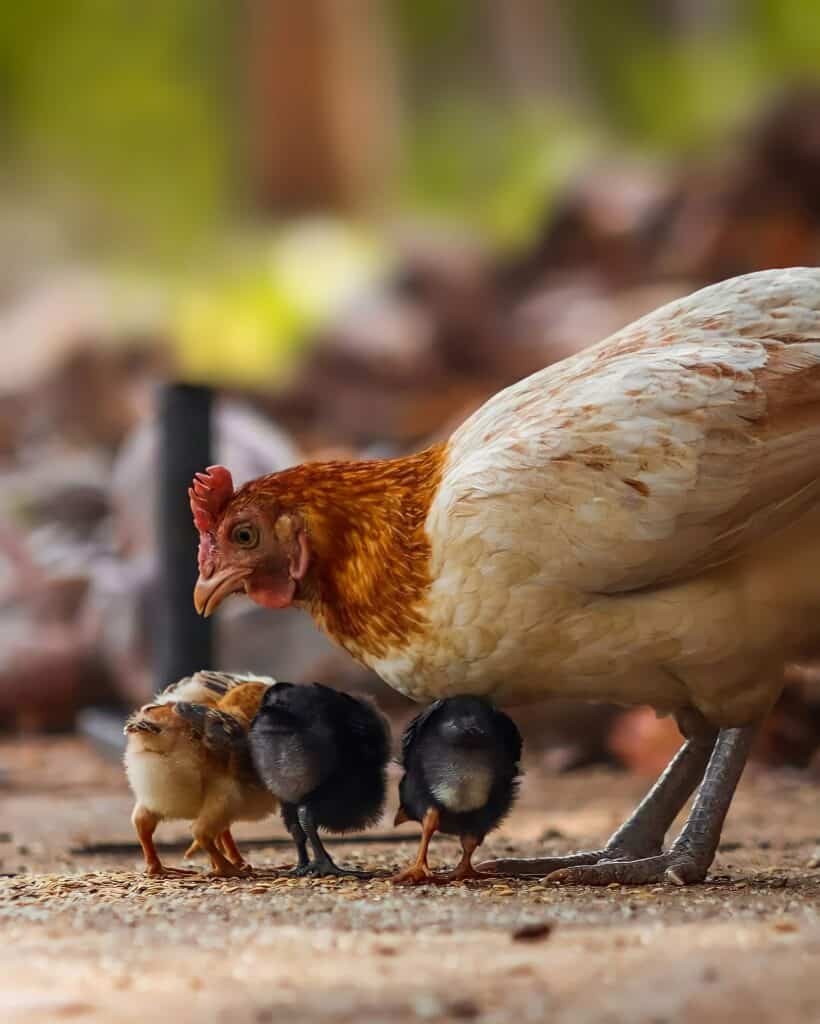Which came first the chicken or the egg? We don’t have the answer to that, but we do know the size of backyard and micro-commercial egg production in Australia
Eggs-plore the project task and the approach we hatched
Sapere was engaged by our long-standing client Australian Eggs to develop a methodology and approach for estimating the level of production in the backyard (households raising less than 15 hens and whose level of production is typically driven to meet personal consumption demands) and micro-commercial (small-scale operations with up to 1,000 hens) segment of the egg industry (collectively referred to as the ‘informal sector’).
This involved a desktop review of existing assessments of the informal sector and consultation with a range of industry stakeholders to collate best estimates of the potential size of the informal sector in each stakeholder’s relevant market. Insight from the desktop review and consultations formed the basis for the construction of multiple models, which we extrapolated to the national scale to produce Australia-wide estimates.
“Historically, it was estimated that 10-15% of the national flock was outside the formal sector, which was estimated to be between 18-20 million. “
– Sapere
Peeling back the problem
While measurement of egg production from Australian commercial producers is currently captured, there is significant uncertainty on the level of production in the non-commercial segment of the egg industry. It is generally recognised that backyard and micro-commercial production, which is not captured in most conventional datasets for the egg industry, contribute to the total number of eggs consumed in Australia.
Most stakeholders did not have a strong evidential basis for their national estimate, often citing a general anecdotal figure of approximately 1 million birds in the backyard and micro-commercial sector which has been quoted as being used for many years.
Historically, it was estimated that 10-15% of the national flock was outside the formal sector, which was estimated to be between 18-20 million. If 10% of this flock has remained to this day, then this would account for 1.8-2 million hens in the informal sector.
For several years, there has been a trend of increasing consumer preference towards free range and self-sufficiency that has led to an expansion of niche markets and the prevalence of households keeping hens. The COVID-19 pandemic appears to have accelerated this trend, as many consumers found their ability to purchase goods (including eggs) impacted by lockdowns and temporary shortages of supplies.

Our finding – look at all those chickens…
The models we constructed estimate that the size of the backyard and micro-commercial market is between 1.2 – 3.8 million hens, which are estimated to produce between 174 – 591 million eggs – which would account for approximately between 3.0% – 8.6% of Australia’s total egg production.
Based on the weighting assigned to each model, we derive a weighted average estimate of 2.2 million hens in the backyard and micro-commercial market, which account for 28 million dozen eggs. However, this production is not evenly spread across a calendar year with a significant weighting of production in the Spring
months in which the increased sunlight and moderate temperatures create favourable conditions.
Of the 2.2 million hens identified, we estimate 900,000 are in the backyard sector and approximately 1,300,000 are in the micro-commercial sector. However, due to the uncertainty relating to the origin of these hens (i.e., whether these additional hens are from major hatcheries or from presently uncounted sources such as spent hens or backyard breeding), we are unable to state whether this number is included in or additional to the current estimates of Australian egg production.
| Model | No. of hens | No. of eggs | No. of dozens |
| Weighted average model | 2,162,703 | 337,812,883 | 28,151,074 |
Although an element of our estimate is influenced by a significantly higher estimate produced from the model based on parameters from the Australian Eggs Sustainability Framework (~3.8 million), we note that all our other models also estimate the flock size in the backyard and micro-commercial market exceeds 1 million birds. This suggests that there has likely been significant growth in the backyard and micro-commercial market from the point whenever this original estimate of 1 million birds was derived.
Our team included
- David Graham
- William Li
- Zabard Hartmann
